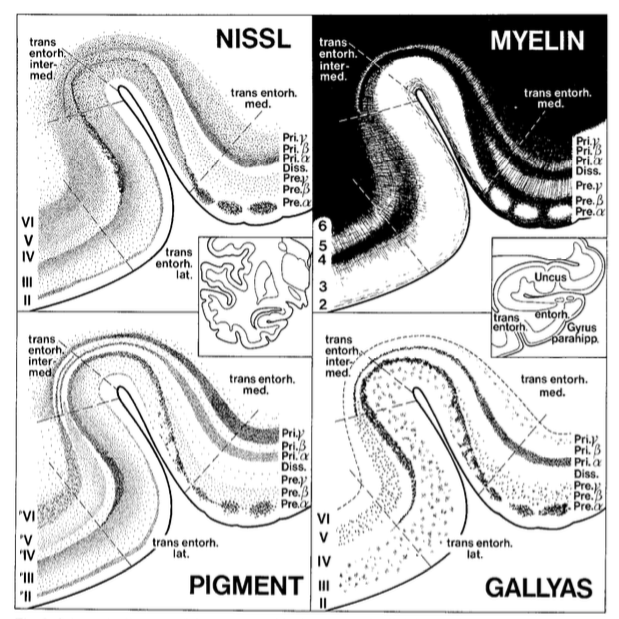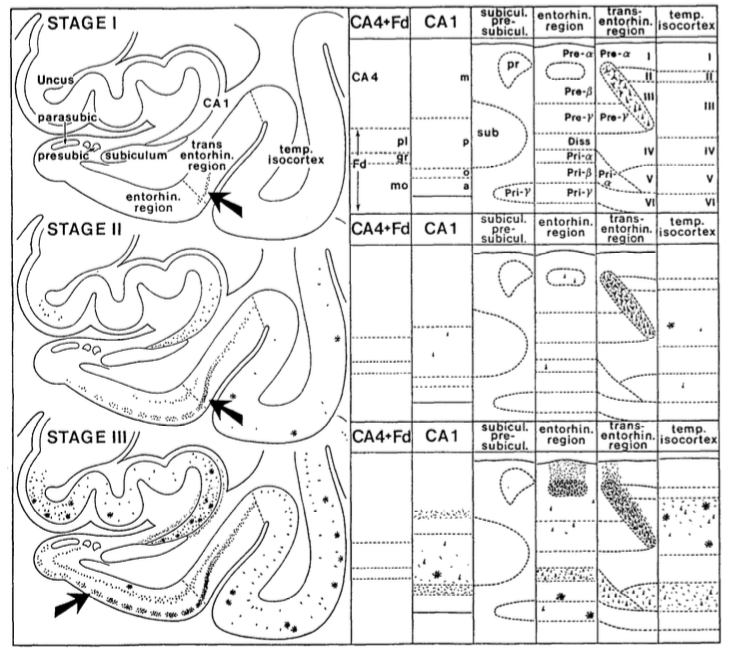
We are pleased to announce that today we have a guest #SubfieldWednesdsay 🧵 from @MarkCembrowski !
Check it out below!
(1/n)
Check it out below!
(1/n)
When you look at a textbook diagram hippocampus, one sees a series of subfields - DG, CA3, and CA1. All of these regions have specialized properties relative to one another. But it raises the question: within each region, are the cell types uniform?
#SubfieldWednesdsay (2/n)
#SubfieldWednesdsay (2/n)

CA1 pyramidal cells of the rodent brain, one of the most studied neuron types in the brain, provide a good starting point to answer this question from both structural and functional perspectives.
#SubfieldWednesdsay (3/n)
#SubfieldWednesdsay (3/n)

CA1 pyramidal cells occupy a region of the 🐭 brain that resembles two bananas joined by a common stalk. This 3-dimensional geometry presents 3 axes to study spatial variation of cell-type identity: proximal-distal, superficial-deep, and dorsal-ventral.
#SubfieldWednesdsay (4/n)
#SubfieldWednesdsay (4/n)

Work dating back to Lorente de No showed that CA1 pyramidal cells along the proximal-distal axis could be divided into subregions (CA1c, CA1b, CA1a) based upon morphological criteria, but noted that differences tended to be graded rather than absolute.
#SubfieldWednesdsay (5/n)
#SubfieldWednesdsay (5/n)

In recent work, this graded difference in proximal-distal properties is recapitulated by gene expression, long-range circuit connectivity, and functional properties like spatial and temporal tuning.
#SubfieldWednesdsay (6/n)
#SubfieldWednesdsay (6/n)
Of note, such graded heterogeneity also manifests in dorsal-ventral axes and superficial-deep axes, in both structure and function. Thus, CA1 pyramidal cells are a markedly heterogeneous group of neurons that spatially vary in 3 dimensions.
#SubfieldWednesdsay (7/n)
#SubfieldWednesdsay (7/n)
These "within-cell-type" differences are not exclusive to CA1 cells: both CA3 pyramidal cells and dentate gyrus granule cells exhibit spatially patterned heterogeneity, although this heterogeneity can exhibit relatively discrete subdomains.
#SubfieldWednesdsay (8/n)
#SubfieldWednesdsay (8/n)

In collection, this degree of heterogeneity within "textbook" cells types of the hippocampus may give rise to dissociable streams of information, and help drive the wide variety of functions and behaviours involving the hippocampus.
#SubfieldWednesdsay (9/n)
#SubfieldWednesdsay (9/n)
We hope you like this week's guest post! Check out @MarkCembrowski's website for more details about this work: cembrowskilab.com
#SubfieldWednesdsay (end)
#SubfieldWednesdsay (end)
• • •
Missing some Tweet in this thread? You can try to
force a refresh











